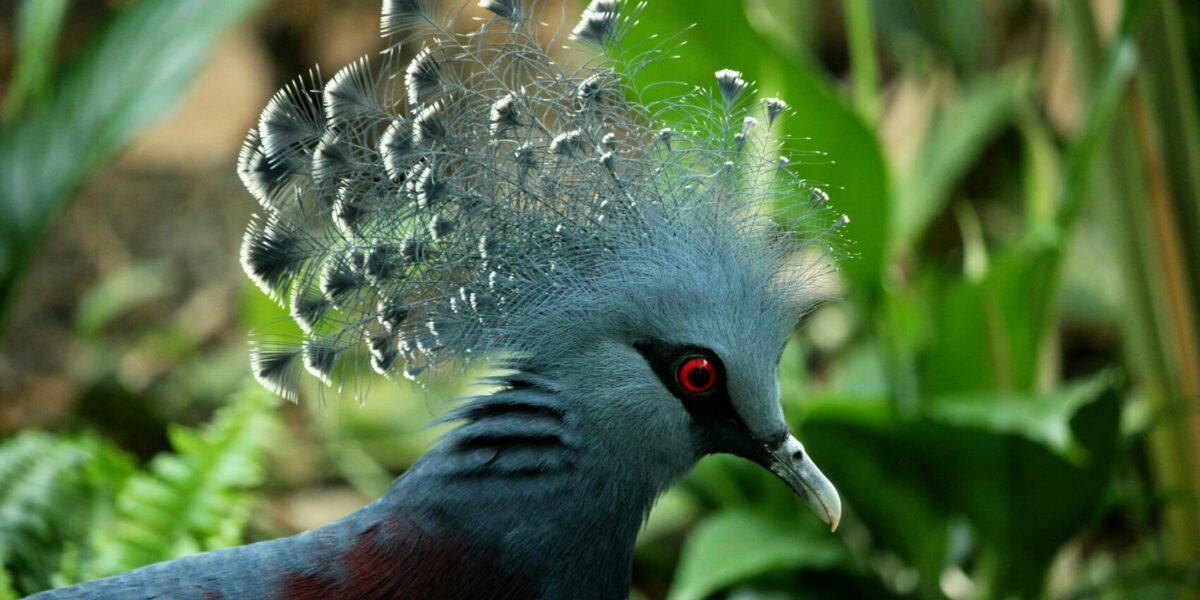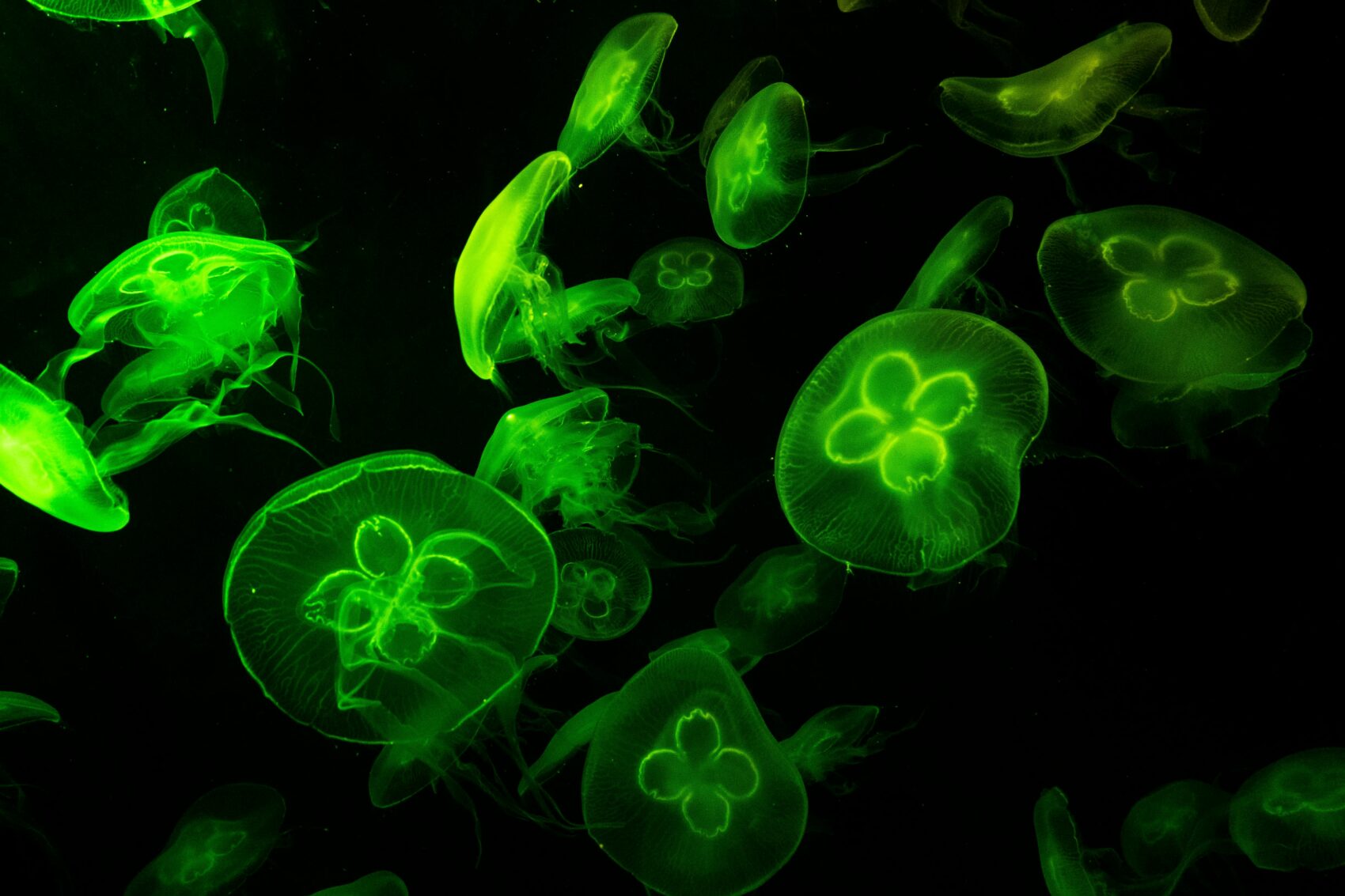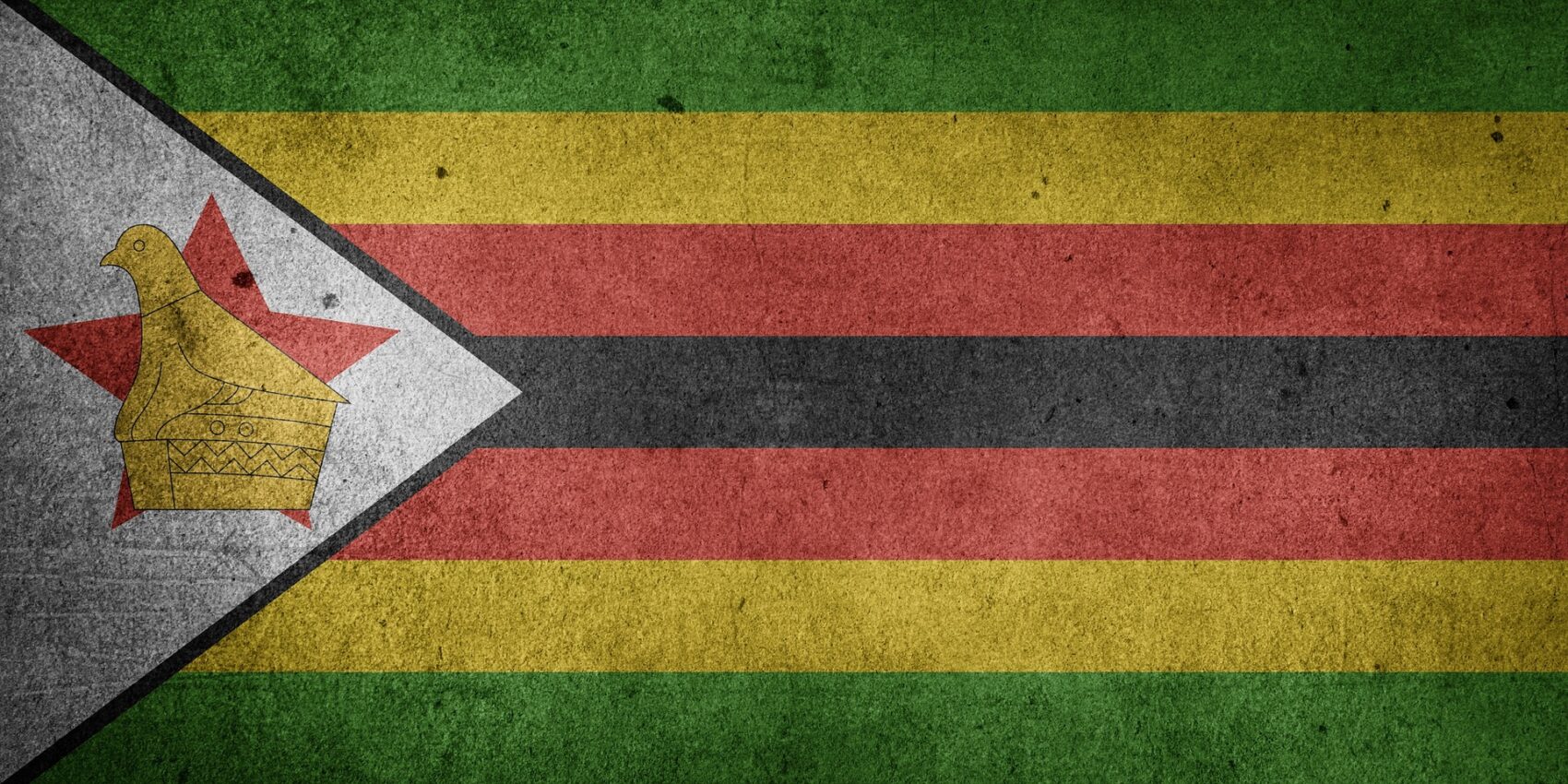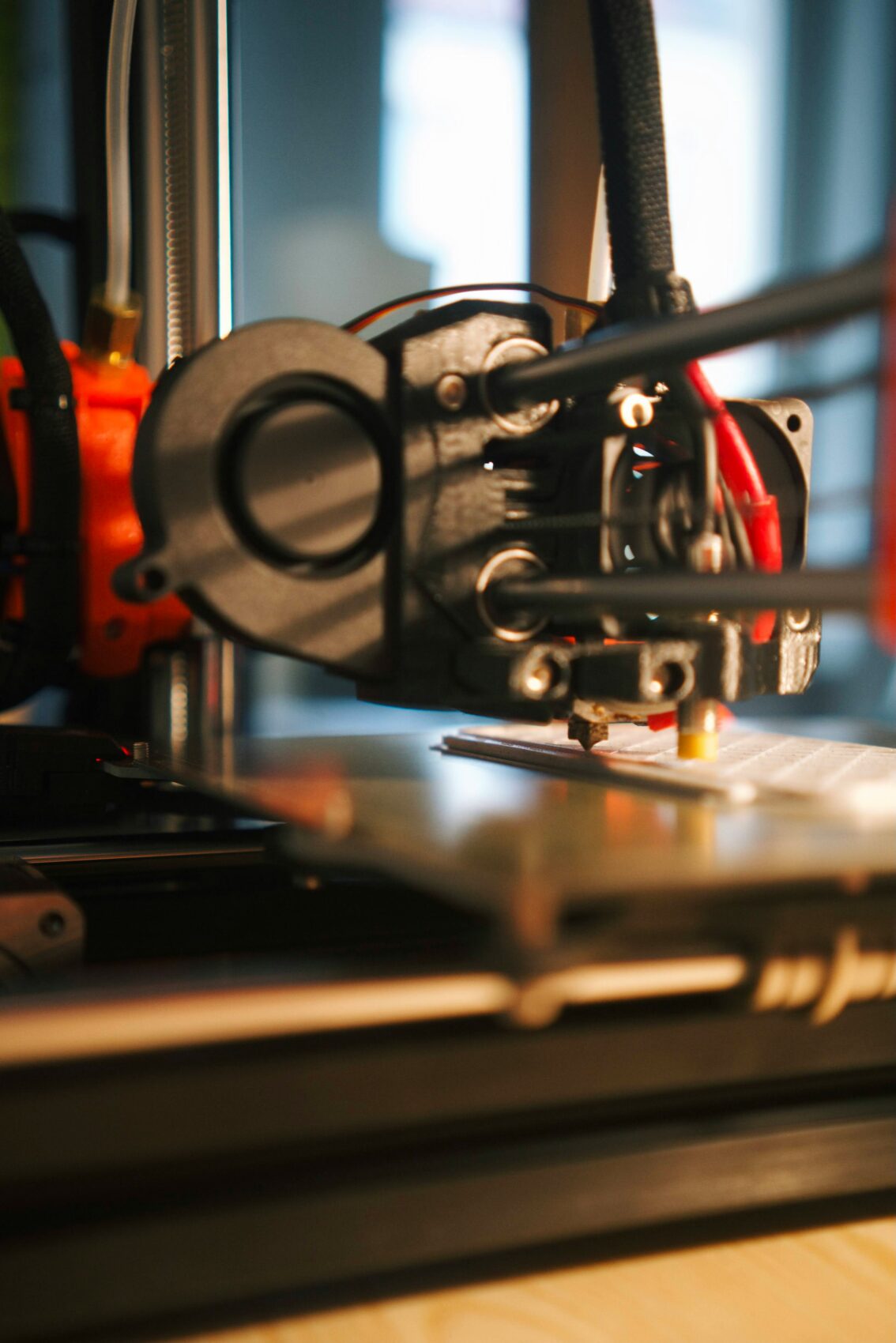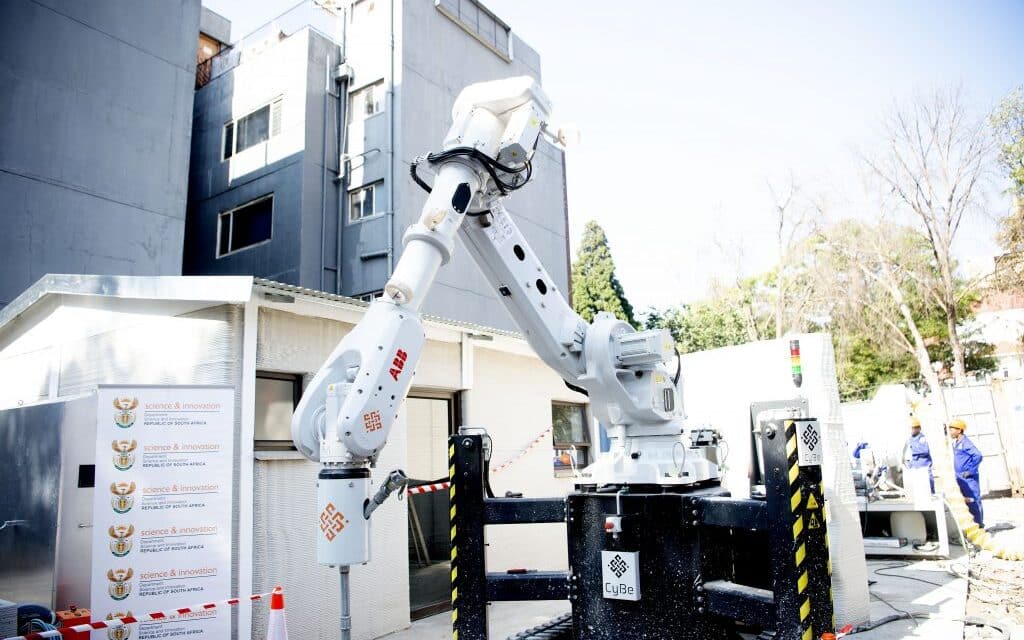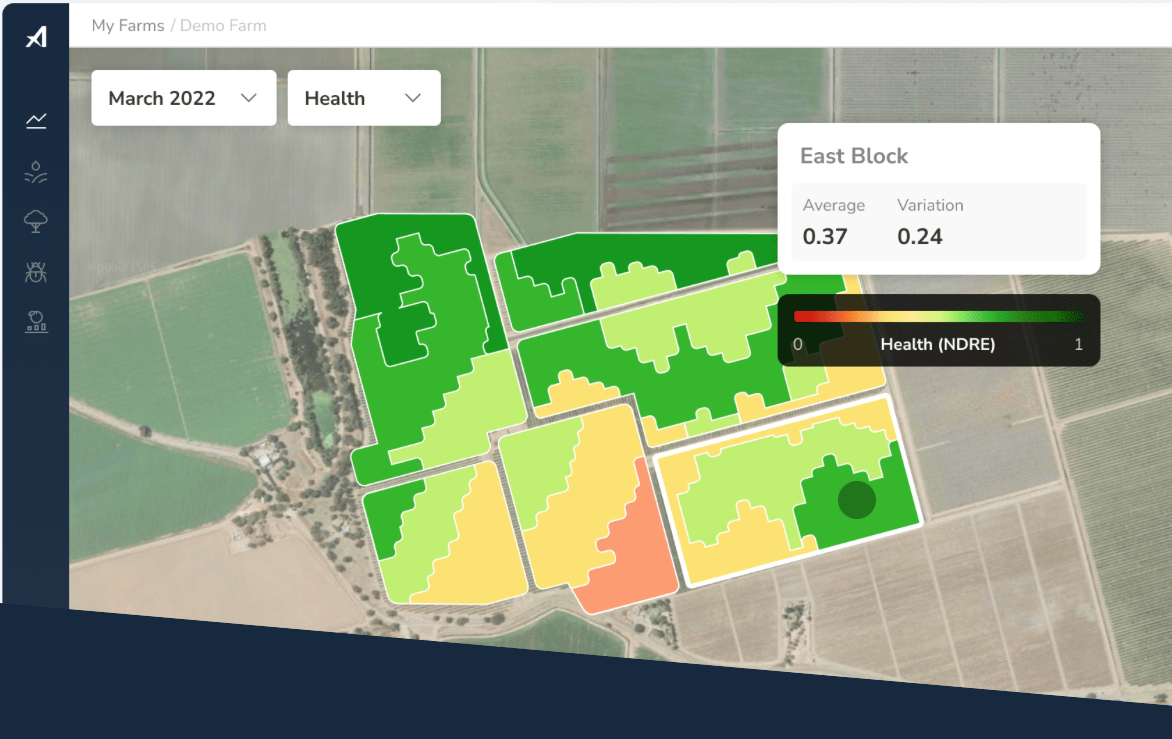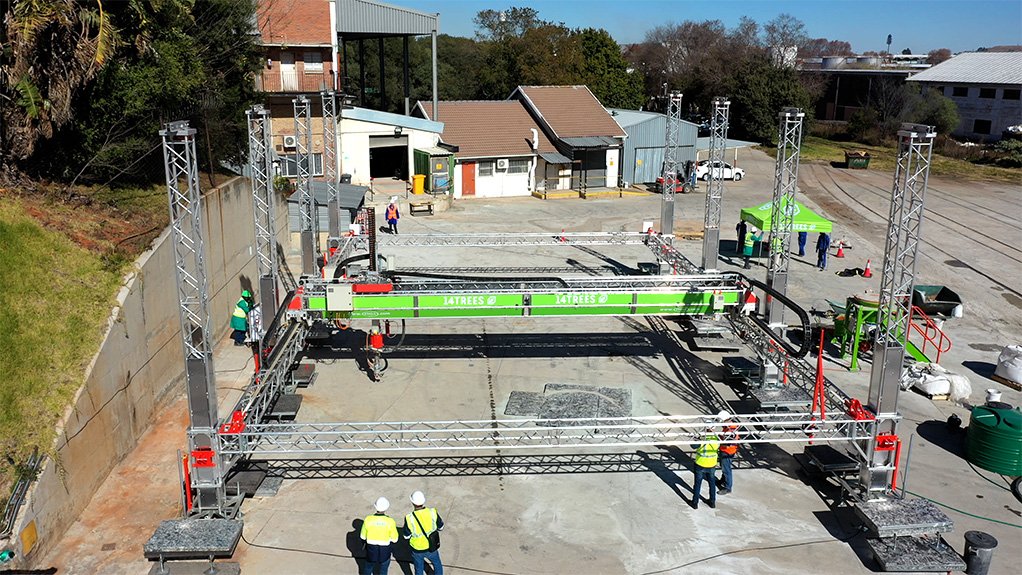Key Points:
- 3D printing offers innovative solutions for wildlife rehabilitation and ecosystem restoration across Africa.
- South African veterinarians successfully fitted a macaw with a 3D-printed titanium beak, demonstrating potential for wildlife prosthetics.
- Controversial proposals to create synthetic rhino horns using 3D printing have sparked debate among African conservationists.
- 3D-printed weather stations are improving climate monitoring and food security forecasting in Kenya and other African nations.
- The technology presents both opportunities and challenges, requiring careful consideration of local contexts and potential unintended consequences.
In recent years, 3D printing has emerged as a powerful tool in various industries across Africa, from healthcare to environmental monitoring. As this technology finds its way into wildlife conservation efforts, it offers both promising solutions and complex challenges for the continent’s endangered species and ecosystems.
African Conservation and Restoring Wildlife: From Beaks to Limbs
One of the most promising applications of 3D printing in African conservation is the creation of prosthetics for injured wildlife. A groundbreaking project in South Africa has demonstrated the immense potential of this technology.
In Plettenberg Bay, South Africa, a team of veterinary specialists from the University of Pretoria, in collaboration with the Central University of Technology and industry partners, successfully fitted Max, a 20-year-old blue and gold macaw, with a 3D-printed titanium beak. This first-of-its-kind surgery in South Africa allowed Max to eat solid food again within a day of the procedure.
Professor Gerhard Steenkamp, who led the project, explains: “It is amazing what can be achieved with 3D printing. I am happy to have been part of the team that has given Max a second chance in life.”
While Max’s case involved a captive bird, the implications for African wildlife conservation are significant. Dr. Mubarak Ahmed, a wildlife veterinarian in Kenya, elaborates: “3D printing allows us to create custom prosthetics for injured animals quickly and at a relatively low cost. This technology could be a game-changer for our rehabilitation efforts, especially for endangered species like rhinos or elephants that have lost horns or tusks due to poaching.”
The Synthetic Horn Debate: A Cautionary Tale
While prosthetics represent a relatively straightforward application of 3D printing in conservation, other proposed uses have sparked intense debate. One of the most controversial ideas is the creation of synthetic rhino horns using 3D printing technology.
As detailed in our recent article, “The Promise and Perils of Synthetic Rhino Horns in African Conservation,” several tech startups have proposed flooding the market with 3D-printed synthetic horns to reduce demand for the real thing. However, this approach has met with significant skepticism from African conservationists.
Dr. Gladys Kalema-Zikusoka, a renowned Ugandan wildlife veterinarian, voices her concerns: “While the idea sounds promising on paper, it fails to consider the complex realities of wildlife trafficking in Africa. We worry that introducing synthetic horns could actually complicate our anti-poaching efforts.”
One major issue is the potential impact on law enforcement. Joseph Okori, a former rhino coordinator for WWF’s African Rhino Programme, explains: “If poachers can claim their horns are synthetic and therefore legal, it could create a significant loophole in our enforcement efforts. This could potentially make the job of our already stretched wildlife rangers even more difficult.”
The synthetic horn debate highlights a crucial lesson for the application of 3D printing and other high-tech solutions in African conservation: the need to carefully consider local contexts and potential unintended consequences.
Revolutionizing Environmental Monitoring
Beyond wildlife conservation, 3D printing is making significant strides in environmental monitoring across Africa. In Kenya, the Famine Early Warning Systems Network (FEWS NET) has introduced 3D-Printed Automatic Weather Stations (3D-PAWS) to address the declining number of functioning ground-based weather stations.
Absae Sedah, Assistant Director of Meteorological Services at the Kenya Meteorological Department, highlights the economic benefits: “The Government of Kenya has spent nearly $25,000 on each weather station procured from international vendors. With 3D-PAWS, we can manufacture a station in just one week for between $400–$600 using locally sourced materials.”
This initiative not only improves climate monitoring but also enhances food security forecasting. Gideon Galu, FEWS NET Regional Scientist for East Africa, notes: “These new 3D-printed weather stations transmit data every 15 minutes, allowing us to assess real-time weather conditions and issue advisories in areas where extreme climate events frequently occur.”
The Way Forward: Holistic Approaches to Conservation
The varied applications of 3D printing in African conservation – from successful wildlife prosthetics to controversial synthetic horns and innovative weather stations – underscore the need for a nuanced approach to technology in conservation.
Dr. Margaret Kinnaird, a wildlife practice leader at WWF Kenya, offers a balanced perspective: “In Kenya, we’ve seen success with a combination of intensified security measures, community engagement, and demand reduction campaigns in Asia. While we’re open to new technologies, they need to complement these existing efforts, not potentially undermine them.”
Dr. Winnie Kiiru, a Kenyan elephant conservationist, emphasizes the importance of addressing root causes: “Conservation in Africa isn’t just about the animals; it’s about people too. Many of our poaching issues are rooted in poverty and lack of economic opportunities. A tech solution that doesn’t address these underlying issues is unlikely to succeed.”
As Africa continues to explore the potential of 3D printing in conservation, it’s clear that the technology must be part of a holistic approach that considers the complex social, economic, and cultural contexts of wildlife protection on the continent.
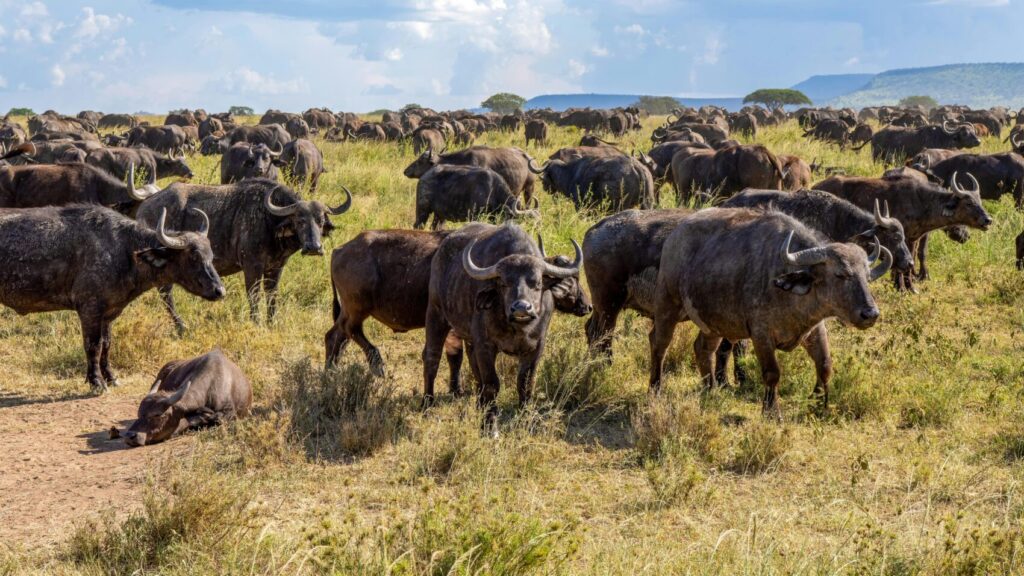
Looking Ahead
The future of 3D printing in African conservation is likely to be one of careful innovation. While the technology offers exciting possibilities for wildlife rehabilitation, ecosystem restoration, and environmental monitoring, its application must be guided by local expertise and a deep understanding of the challenges facing African wildlife.
As African conservationists, scientists, and governments continue to explore and adapt these technologies, we may see a new era of tech-driven conservation efforts that complement traditional approaches. The key will be to harness the power of 3D printing and other innovations in ways that are truly responsive to the needs of Africa’s wildlife, ecosystems, and communities.
Frequently Asked Questions (FAQ)
3D printing is being used to create wildlife prosthetics, experimental synthetic alternatives to poached products, and weather stations for environmental monitoring.
Critics argue that synthetic horns could complicate law enforcement efforts, potentially provide cover for illegal trade, and fail to address the root causes of poaching in Africa.
In countries like Kenya, 3D-printed weather stations are providing real-time climate data at a fraction of the cost of traditional stations, improving climate monitoring and food security forecasting.
Challenges include high initial costs, the need for specialized skills, and the risk of unintended consequences when applying tech solutions to complex social and ecological issues.
Many advocate for holistic approaches that combine enhanced security measures, community engagement, demand reduction campaigns, and carefully considered technological interventions that address local needs and contexts.
